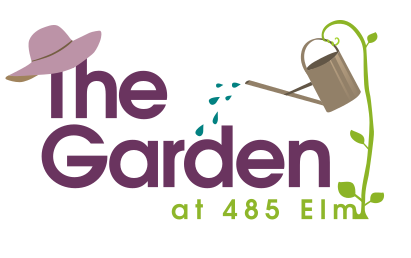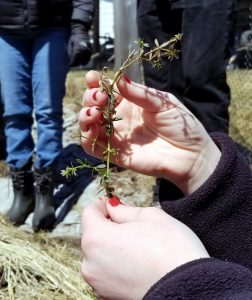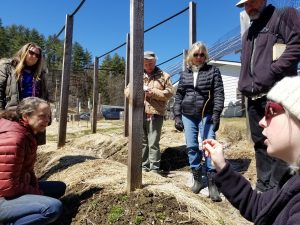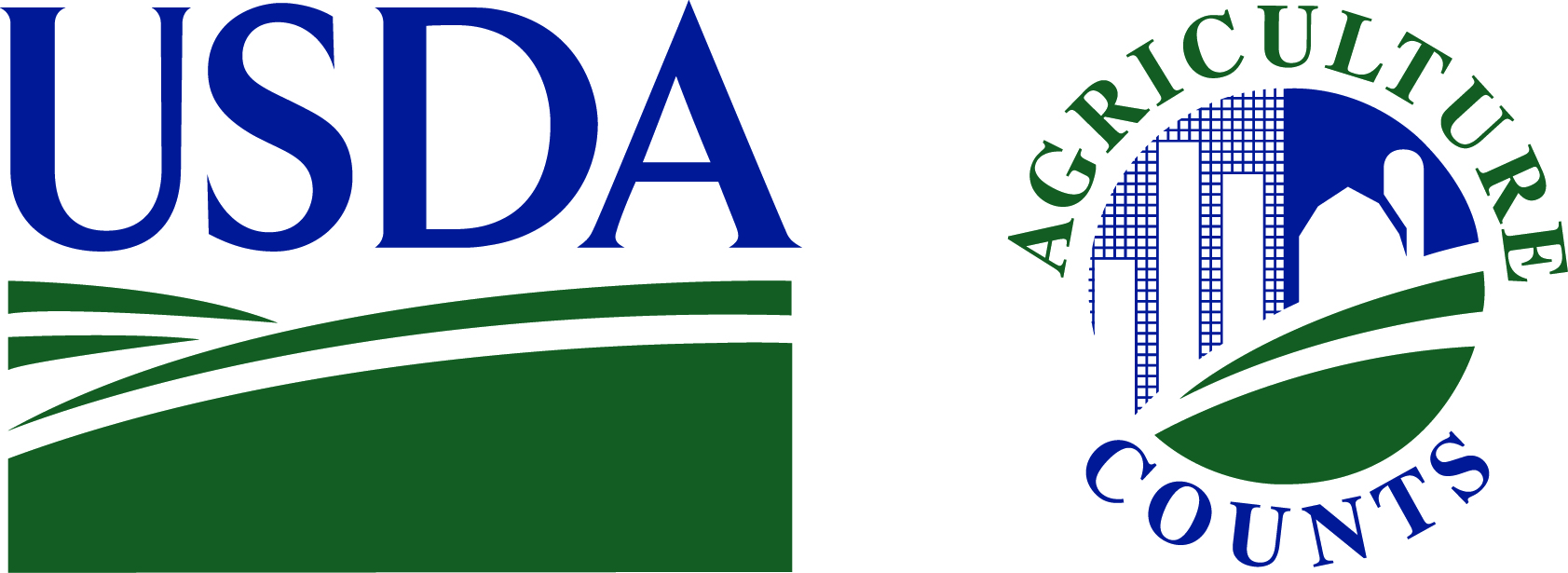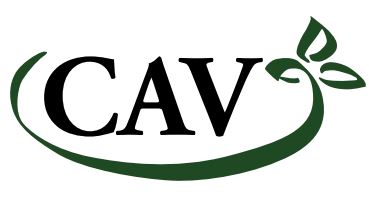Clinical herbalist and Vermont Center for Integrative Herbalism student Diana Baron led us in and around the garden to identify the plants just poking out of the earth as we begin the 2018 gardening season.
We took this herb stroll on April 21, a week before our first garden work party. A few plants were already visible and edible. Others were mere hints of the glory they’ll become this season.
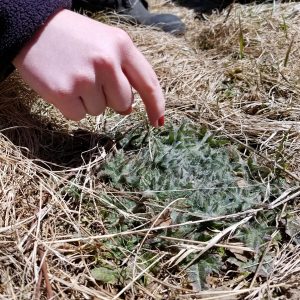
BULL THISTLE is edible when young, but will grow up to be very sharp and spiky. It spreads prolifically.
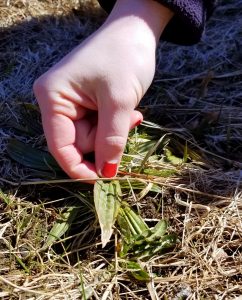
PLAINTAIN (Plantago lanceolata). Like grass, plantain is a monocot, and it’s common and useful. It is vulnerary, which means it helps heal skin. Make a “spit poultice” by chewing up some leaves is spitting it directly onto bug bites, rashes, and cuts. Plaintain is okay to take orally. It is demulcent, meaning it’s rich in mucilage but also astringent, which is apparent in the taste of plantain. Like comfrey, which should not be taken orally, plantain contains allantoin. Add it to tea or salad to soothe the gastrointestinal tract for GERD, IBS, IBD, and leaky gut. To make a salve, harvest, wash, and dry plantain leaves well. Place them in a jar of olive oil in a warm spot or at a very low oven temperature. Stir in melted beeswax and pour the mixture into a container to solidify.
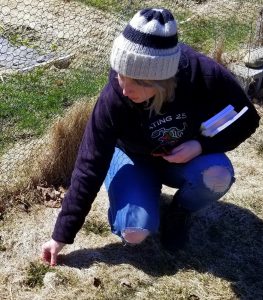
Diana finds very young DANDELION emerging from the newly thawed earth. Harvest it in early spring when the leaves are tender. It’s less bitter when cooked, and is better for eating than for making into tinctures. Dandelion goes well in dishes with fatty foods. In olive oil, Diana cooks down onions and garlic and adds them, along with dandelion, into fermented chickpea pancakes. One can also sprinkle the petals on many foods. Settlers brought dandelion to the Americas to make wine or beer. It’s also lovely infused in vinegars.
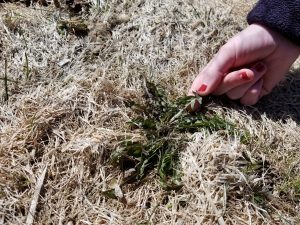
The word DANDELION is from the French dent de lion, or tooth of the lion because of its appearance. Its toothy, hollow-centered leaves point back toward its base. The entire plant is edible — leaves, base, and crown. It’s bitter, so stimulates bile production. The roots contain inulin (also found in chickory), a probiotic that helps with beneficial gut bacteria. Dandelion is rich in potassium and can have diuretic effects.
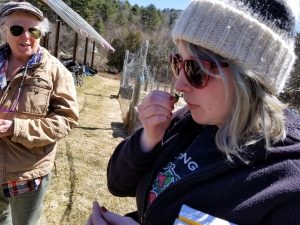
Getting a whiff of CREEPING CHARLIE, also known as ground ivy or gill-over-the-ground. It’s aromatic, so may be carminative, or antimicrobial. Creeping Charlie is tasty in spring pesto with chickweed and nettle.
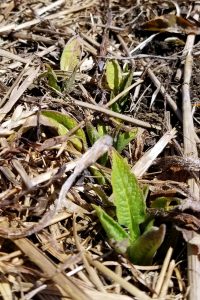
COMFREY is a naturalized non-native plant here. Outdoors, some use it as toilet paper! Comfrey contains more allantoin than plantain. Dry well before making it into a salve to avoid mold. In a fixed oil, it’s healing for dry, cracked skin. Comfrey roots grow deep, bringing up nutrients that shallower plants do not. Harvest the roots before or after flowering when the plant sugars are going to the flowers. Internal uses include warnings about liver toxicity compounds when ingesting large doses over time. Comfrey makes an effective “chop and drop” mulch to suppress weeds, but be careful of spreading.
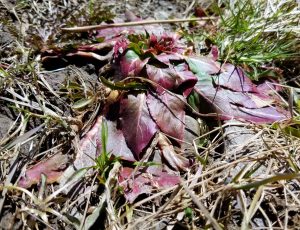
EVENING PRIMROSE is a biennial that contains GLA, or a beneficial type of Omega 6 essential fatty acid. it is anthocyanin-rich. The flower opens in the evening, hence its name. Like all plants that bloom at night, it is moth-pollinated and tends to grow in light colors for greater visibility in the dark. The leaves are edible and peppery, and a little bitter. To use the root, peel and boil it in 2-3 changes of water. Indigenous peoples of this continent utilized evening primrose to treat obesity and bowel pain, make poutices (FOR WHAT?), and give athletes strength.
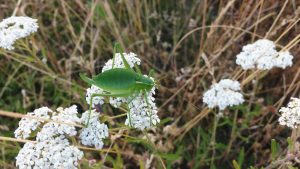
What is imaginary today will flower later this season. YARROW (millefolium) serrated leaves and tiny flowers are antimicrobial, astringent (tissue-tightening), and bitter. Make a cold tea for wound wash. Yarrow is styptic, or stops bleeding. This aromatic is a good digestive that stimulates bile production. Consume as a tincture or make good bitters to go with fatty meals. Brew a hot tea of yarrow to helps break fevers and increase sweating. (free image from pxhere.com)
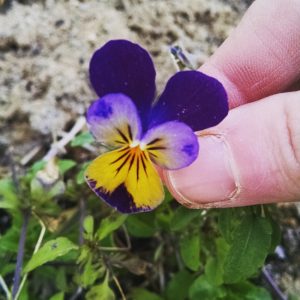
Today, VIOLAS were figments of our imagination. We find self-seeding violas such as these Johnny jump-ups all over the garden, in and outside of the growing beds. They are mucilaginous, or slightly slimy with thickening agents, which helps reduce internal dryness, relieve itchy skin, and reduce constipation. The dark blue compounds offer protection against UV rays. Violas are high in vitamin C. They’re an alterative, which is an old word for a tonic that helps all systems and organs. Use the flowers and leaves only. The flowers are anti-inflammatory. delicious to eat, and effective as a salve. Make the beautiful flowers into colorful syrup, toss them fresh into salads, and freeze them into ice cubes for beautiful cocktails. (free image)
